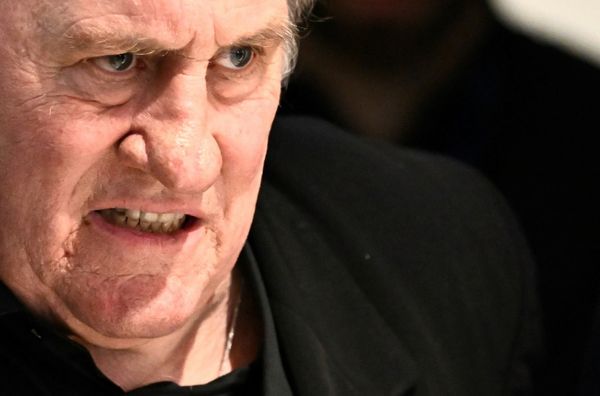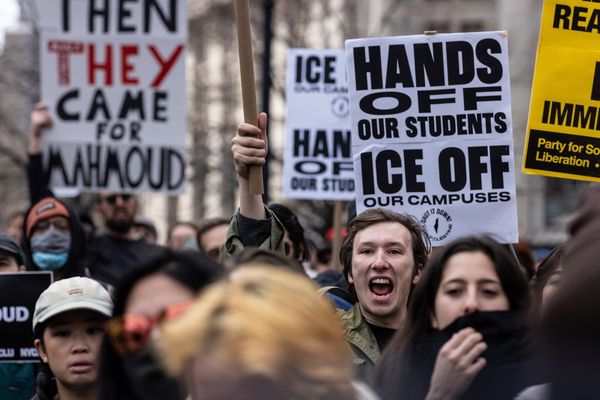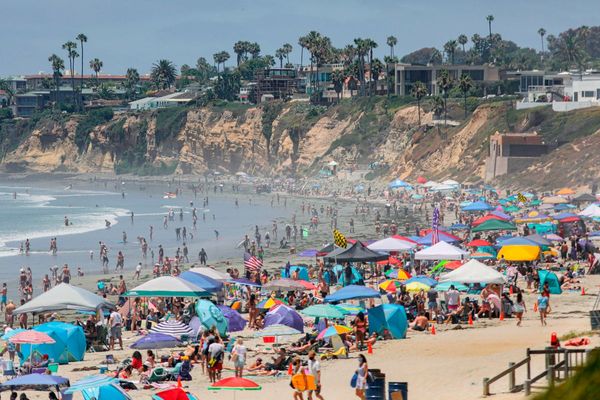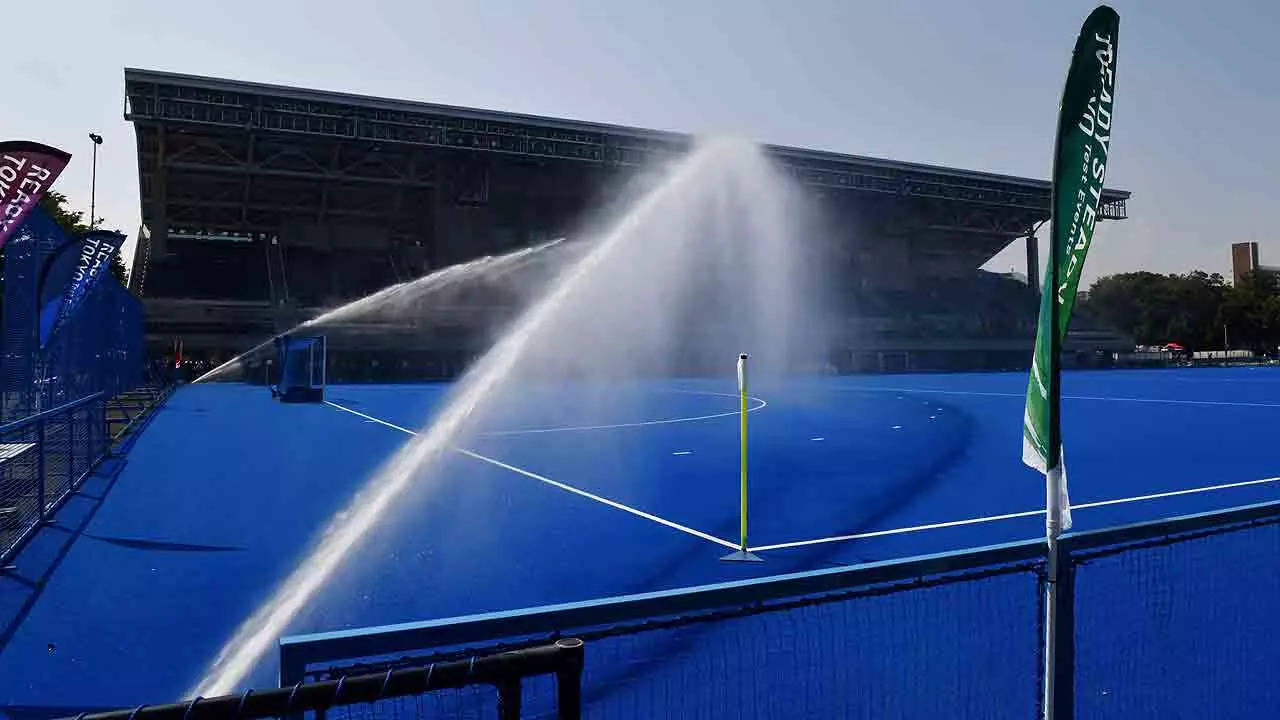
BHUBANESWAR: Forty-eight years after hockey was first played on watered artificial surface at the Olympics, the sport will adopt a greener and sustainable technology that will allow hockey to be played on a non-watered pitch.
"The 2024 Paris Olympic Games hockey tournament will be the last to be played on a watered turf," FIH's Sport and Development Director, Jon Wyatt, told TimesofIndia.com on the sidelines of the Men's Hockey World Cup in Odisha.
"Good progress has been made by a number of hockey turf manufacturers in the development of new turfs that do not require any watering, but aim to maintain the performance levels required for elite hockey," said Wyatt.
As recently as June last year, one of these new turfs, which don't require to be watered, was used for the Hockey5s event in Lausanne. Wyatt added that "based on learnings there, additional developments are being made and further trials will take place during 2023".
The 2024 FIH Hockey5s World Cup will be played on a non-watered turf, with further FIH events using the new turf from 2024.
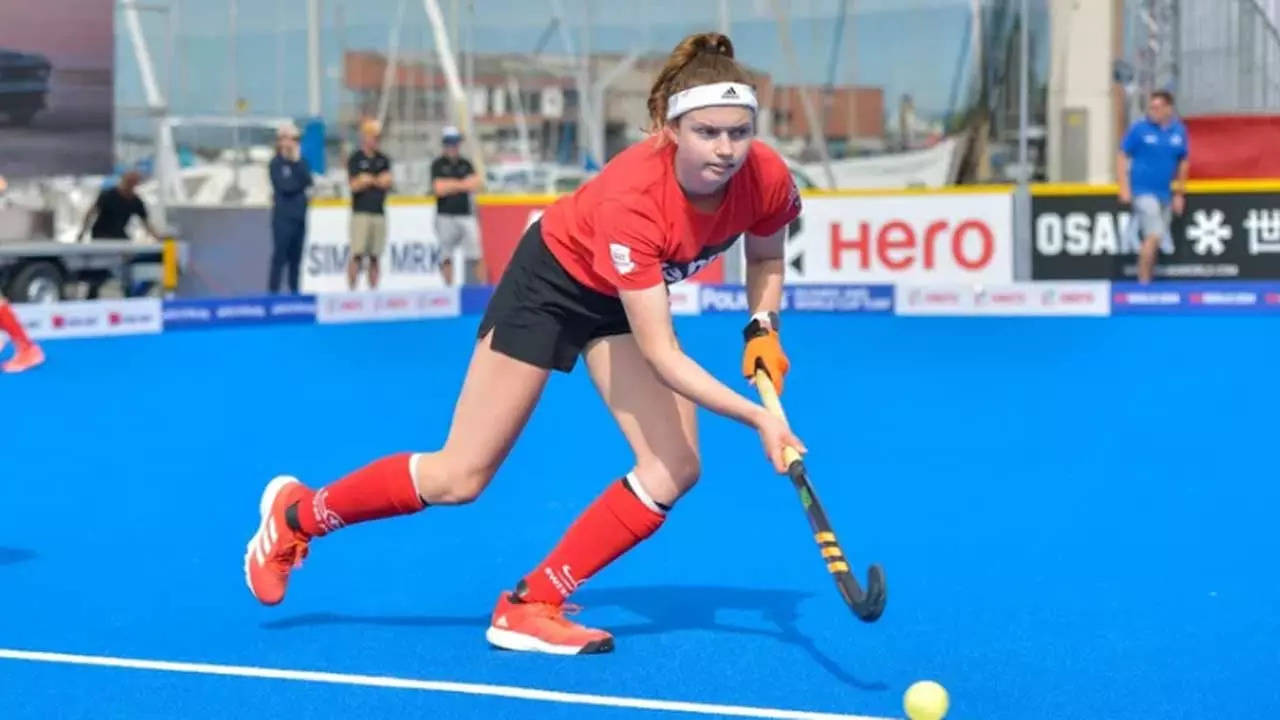
(FIH Photo)
The first foray into artificial pitches in hockey was made by the US company AstroTurf, which laid the surface at the 1976 Montreal Olympics. It's believed that the rain-marred Games gave birth to the wet nature of the pitch and it has evolved since then.
It rained in Lausanne as well, where the non-watered surface was used for the Hockey5s event and those who saw believe it wasn't slippery but still required adaptation by players, which is a natural process when moving from one surface to another.
When Tayyab Ikram replaced Narinder Batra as the new FIH president last year, he spoke about Los Angeles 2028 being the target for the first Olympic hockey tournament on a non-watered surface. If the FIH can move to that technology after Paris 2024, as Wyatt said will happen, it will give the teams and players four years to adapt and evolve on the new playing surface.
"It (non-watered turfs) is a challenge that Thierry Weil (FIH CEO) embraced when he came on board in 2018," Tayyab had said. "We were not believing in this but he was persistent...We already used 40% less water in Tokyo 2020 than in Rio 2016. So that (LA 2028 Olympics) is the target."
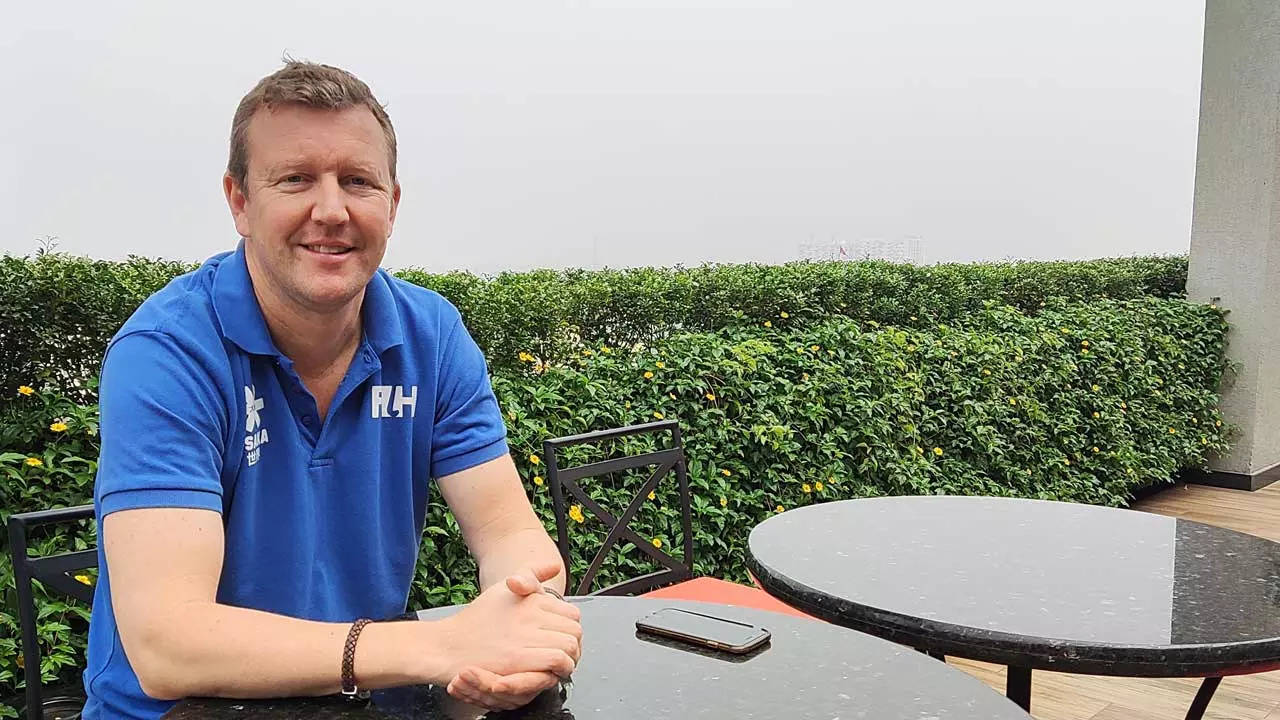
(Jon Wyatt, FIH Sport and Development Director - Photo: Times Internet)
WHAT HAPPENS TO CURRENT WATERED PITCHES?
Reportedly there are 24 top-level watered pitches in the Netherlands. In Odisha alone there are going to be 23 for all levels of hockey, including the 17 that have either come up or are in the process of being laid in the Sundergarh district alone since 2018. Overall in India, the number will easily cross 50 if one includes the club level as well as the pitches that have been used to host international fixtures.
That's just two countries. The combined numbers from all top-level hockey-playing nations will take the tally of currently used watered pitches to much higher.
What will be their future? Will the countries be willing to invest in ripping off the old or recently laid turfs and install the new that don't require water?
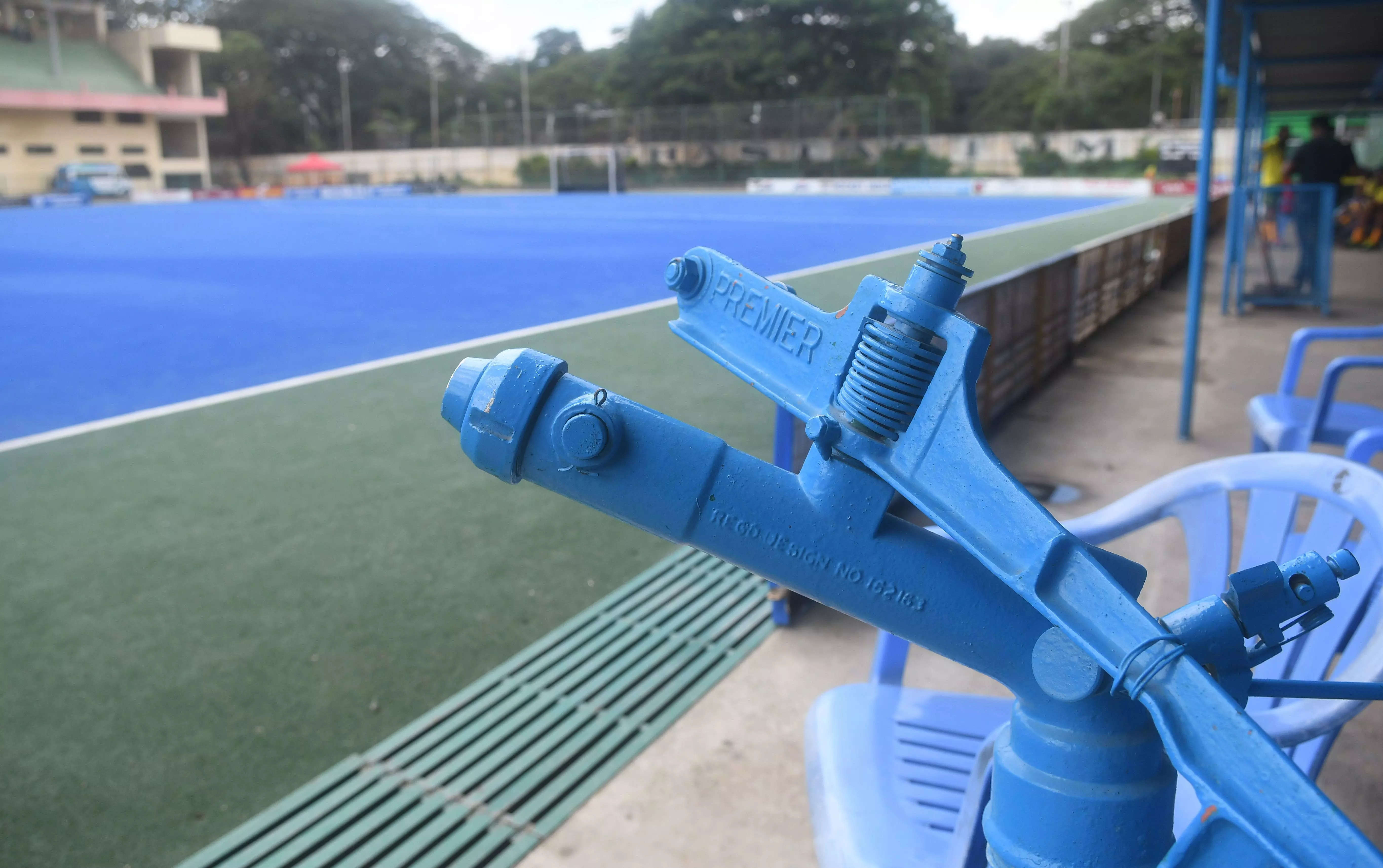
(The water hose used to sprinkle water on hockey turfs - TOI Photo)
"There will be a number of years where both watered and non-watered pitches will be used for elite hockey," Wyatt told TimesofIndia.com, which would of course ease nerves of national federations.
"We fully understand the investment made to install new turfs and therefore there will be no requirement to replace watered turfs immediately. When the lifetime of a turf naturally comes to an end and it is due to be replaced, then we expect a non-watered turf to be installed," he added.
WHY HOCKEY PITCHES NEED WATER
The hockey ball is dimpled and can bounce on the dry surface that started with nylon fibres and then evolved to polyethylene fibers. In addition, the surface requires lubrication, which water provides, for smooth movement of the ball and less friction.
Furthermore, the chances of a player getting skin cuts and abrasions by slipping or diving are significantly reduced if the surface is adequately watered.
THE EVOLUTION OF HOCKEY PITCHES
Montreal 1976: First time when nylon fibre turfs made their appearance as surfaces to play hockey on.
Moscow 1980: Polypropylene replaced nylon. It required less water but the polypropylene grains were harder. As a result, the movement of the ball along the surface was not as smooth.
Sydney 2000: This was when non-green surroundings (the extended turf beyond the sidelines and baselines) were brought in to add more colour.
2003: The introduction of polyethylene turfs added some more pace to the game.
London 2012: The blue-coloured pitch added to the visibility quotient of the game and has since had a lot more broadcast appeal.
2014: Texturized turf replaced grains to help players control the ball immaculately and had the capacity to hold water for a longer duration and thus minimize the requirement of rewatering and thus less consumption. These were used for the Rio Olympics.
Tokyo 2020-21: The introduction of sugarcane to turf technology helped reduce CO2 emissions.
